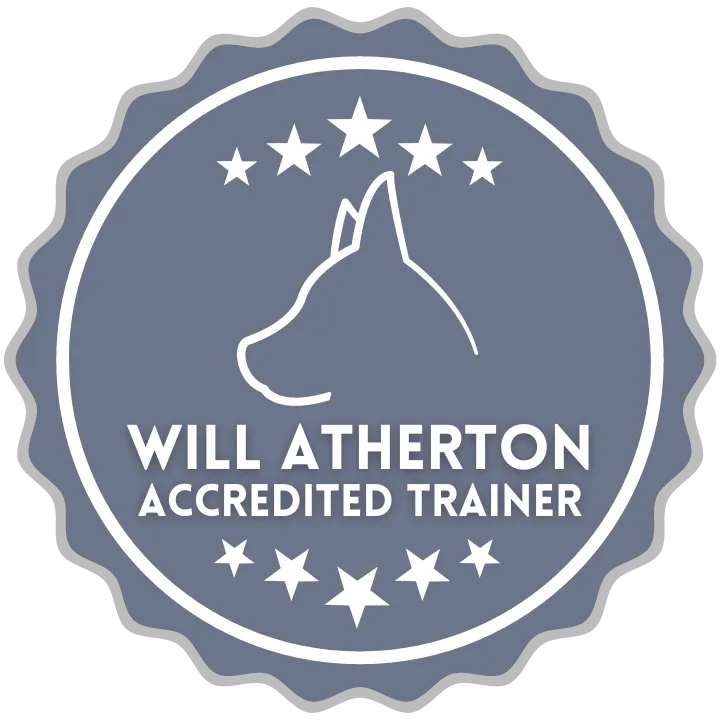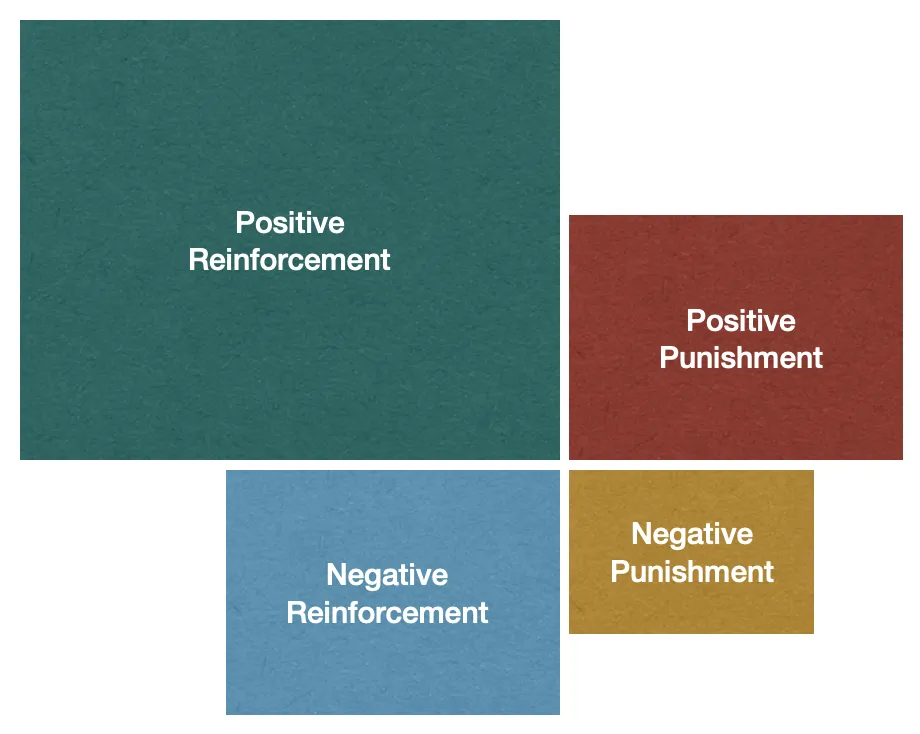

What is Balanced Training?
Balanced Dog Training uses a combination of positive reinforcement and corrective techniques based on the scientific principles of Operant Conditioning. In simple terms, dogs learn that their behaviors lead to either positive or negative consequences, helping them make better choices in the future.
Understanding Operant Conditioning
When we talk about Operant Conditioning, it’s important to know that terms like "positive" and "negative" aren’t emotional—they’re scientific. "Positive" means adding something, while "negative" means taking something away. Likewise, "reinforcement" means increasing behaviours we want, and "punishment" means decreasing those we don’t.
Operant Conditioning
Positive
Reinforcement (R+)
Adding something to see more of the behaviour you want
Treats
Play
Positive
Punishment (P+)
Adding something to see less of the behaviour you don't want
Lead Pop Correction
Remote Collar Correction
Negative
Reinforcement (R-)
Removing something to see more of the behaviour you want
Lead Pressure
Hand Pressure
Negative
Punishment (P-)
Removing something to see less of the behaviour you don't want
Attention
Toys
Although there are four quadrants in Operant Conditioning, they aren’t used equally in every situation. What works best depends on your dog’s background, the behavior in question, and the urgency of the situation. As a balanced dog trainer, I know how to tailor my approach to suit your dog’s unique needs, using the right techniques at the right time.
My Approach to Training
Most of my training focuses on positive reinforcement—rewarding good behavior with treats, praise, toys, or playtime. But as a Balanced Trainer, I recognize that every dog is different, and what works for one may not work for another. Some situations call for corrections to clearly communicate which behaviors are undesirable.
By setting clear rules, boundaries, and expectations, I help your dog understand what behaviors are acceptable. With calm, consistent leadership, your dog will learn to make better choices, reducing the need for correction and leading to more positive outcomes. If a correction is needed, your dog will understand why it happened and how to avoid that behavior in the future.
Balanced training is about giving your dog the guidance they need to thrive while building a relationship based on trust, respect, and understanding
